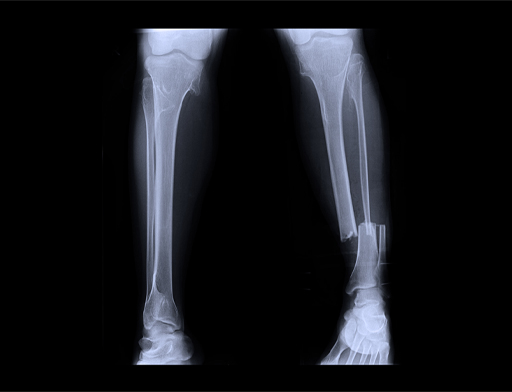5 Warning signs of RED-S
In the cases of Bobby Clay and Anna Boniface we see that they sustained low fuelling and overtraining for a period of time before experiencing bone fractures. This is partly because the body has stores of fat and glycogen for fuel, and it can break down stored fat and muscle protein to produce additional energy if needed. However, it can only survive in this state for a short time before the body is seriously affected and its systems, particularly the muscular and skeletal systems, become so damaged that they are no longer able to function effectively. This is when injuries start to occur.
The problem for coaches and trainers who support athletes is that they may not have full access to the athletes’ nutritional strategies or knowledge of their menstrual cycles. In many cases an exercising female may not have a coach or trainer who oversees their training and recovery, and lack of nutritional knowledge may cause them to become under-fuelled without even being aware of it.
In Activity 2 Emma Ross explained that the coach has an important role to play by ensuring the athlete arrives to training well fuelled and eats the right foods after training.
The coach needs to be aware of the warning signs of RED-S in athletes:
- irregular or absent periods
- difficulty staying warm in the winter and cool in the summer
- low muscle mass
- pre-occupation with food and eating
- increased prevalence of illnesses and injuries
- decrement in performance
- excessive tiredness and lethargy
- poor recovery from training sessions
- poor sleep patterns
- digestive problems such as constipation or bloating
- perfectionist tendencies
- high levels of anxiety
- becoming withdrawn or reclusive.

